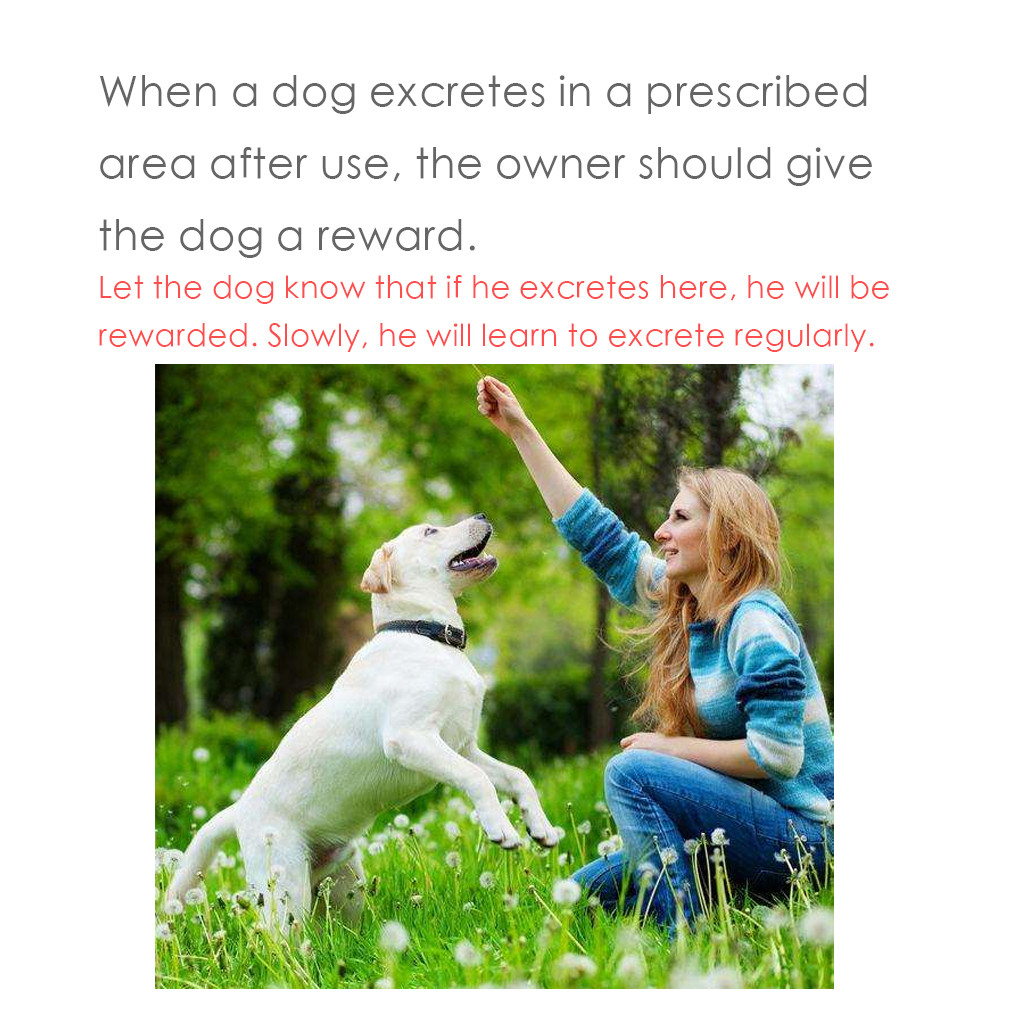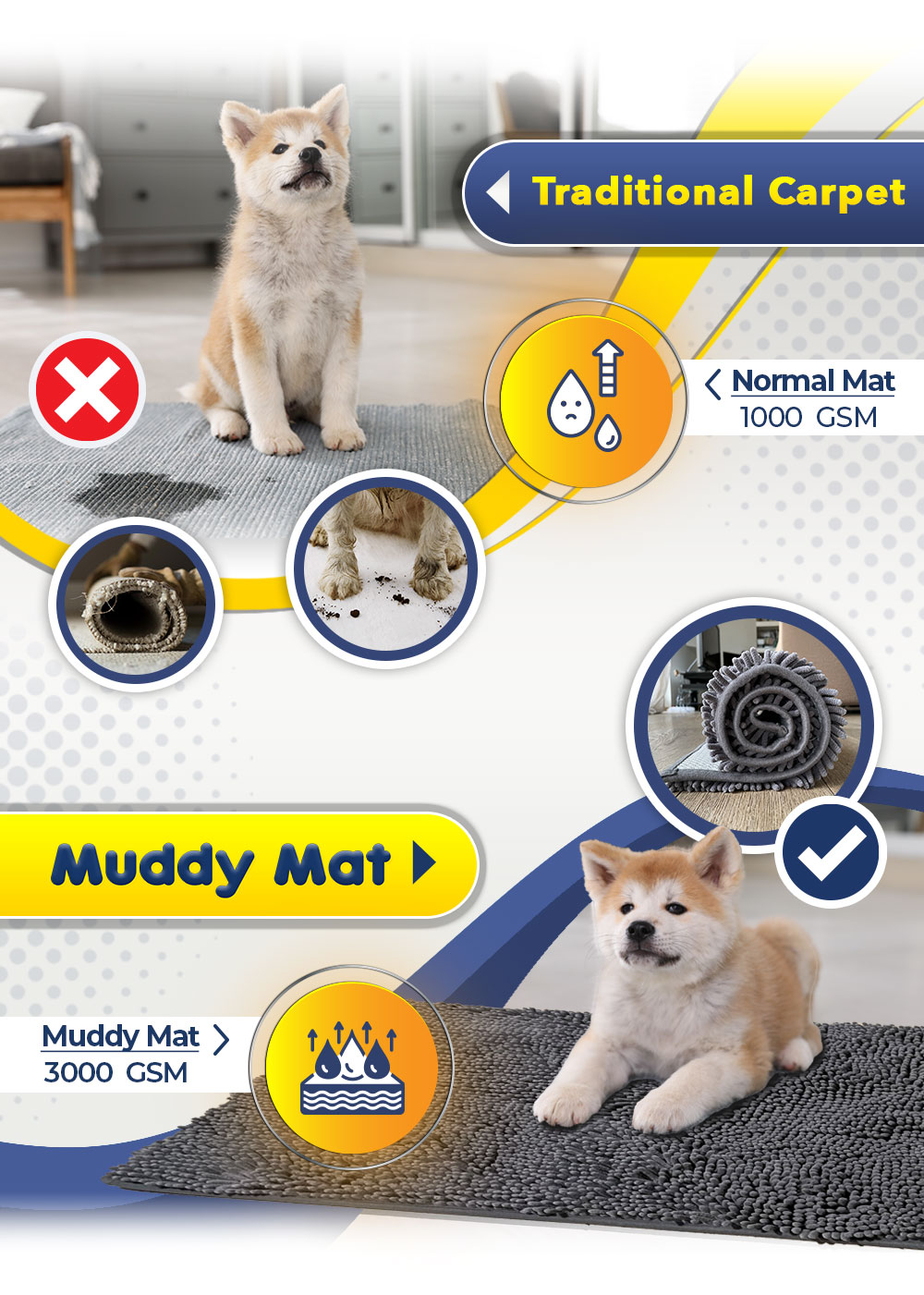The Ultimate Guide to Pet Containment: Ensuring Your Furry Friends Stay Safe and Secure
#### Introduction to Pet ContainmentIn today’s world, pet containment has become an essential aspect of responsible pet ownership. Whether you have a playfu……
#### Introduction to Pet Containment
In today’s world, pet containment has become an essential aspect of responsible pet ownership. Whether you have a playful puppy or a curious cat, ensuring their safety while allowing them the freedom to explore is a challenge many pet owners face. Pet containment systems are designed to create a safe environment for pets, preventing them from wandering off or getting into dangerous situations.
#### Understanding Pet Containment Systems
Pet containment systems come in various forms, including physical fences, invisible fences, and indoor barriers. Each type has its advantages and disadvantages, and the choice often depends on the specific needs of your pet and your living situation.
1. **Physical Fences**: Traditional fences are one of the most common forms of pet containment. They provide a visible boundary that pets can see and learn to respect. Wooden, vinyl, and chain-link fences are popular choices. The height and material of the fence can be tailored to the size and breed of your pet.
2. **Invisible Fences**: These systems use a combination of buried wires and a collar that emits a warning signal when the pet approaches the boundary. This method is particularly useful for larger properties where traditional fencing may not be feasible. However, it requires proper training to ensure pets understand the boundaries.
3. **Indoor Barriers**: For pet owners who want to restrict their pets to certain areas within the home, indoor barriers such as gates or playpens can be effective. These barriers can help keep pets safe from hazardous areas like stairs or kitchens.

#### Benefits of Pet Containment
Investing in a pet containment system has numerous benefits:
- **Safety**: The primary reason for pet containment is safety. It prevents pets from running into traffic, getting lost, or encountering aggressive animals.
- **Freedom**: A well-designed containment system allows pets to enjoy the outdoors without the constant supervision of their owners. This freedom can lead to happier, healthier pets.
- **Peace of Mind**: Knowing that your pet is secure gives owners peace of mind. You can relax knowing your furry friend is safe while you attend to other tasks.

#### Choosing the Right Pet Containment System
When selecting a pet containment system, consider the following factors:
- **Pet’s Size and Behavior**: Different breeds have varying levels of energy and curiosity. A high-energy dog may require a more robust containment solution compared to a calm cat.
- **Yard Size**: The size of your property will significantly influence your choice. Larger yards may benefit from invisible fences, while smaller areas might be adequately secured with physical fences.
- **Local Regulations**: Some neighborhoods have regulations regarding the height and type of fences. Always check local guidelines before installing a containment system.

#### Training Your Pet
No matter which pet containment system you choose, proper training is crucial. Pets need to understand their boundaries to ensure their safety. For invisible fences, training typically involves teaching the pet to recognize the warning signals. For physical fences, consistent supervision and reinforcement can help pets learn to respect the boundaries.
#### Conclusion
In conclusion, pet containment is a vital aspect of pet ownership that ensures the safety and well-being of your furry companions. By understanding the different types of containment systems and their benefits, you can make an informed decision that best suits your pet's needs. Remember, a well-contained pet is a happy pet, and investing in a reliable containment system is an investment in their safety and your peace of mind.